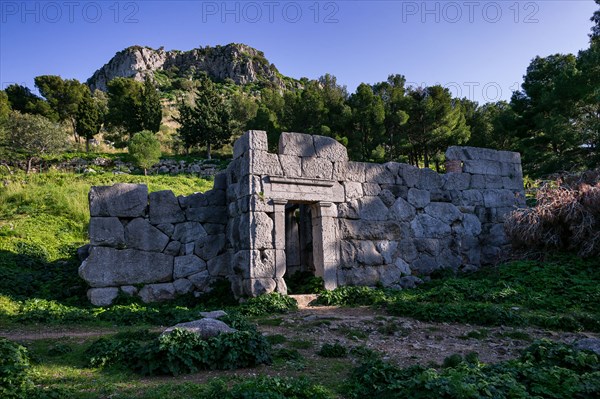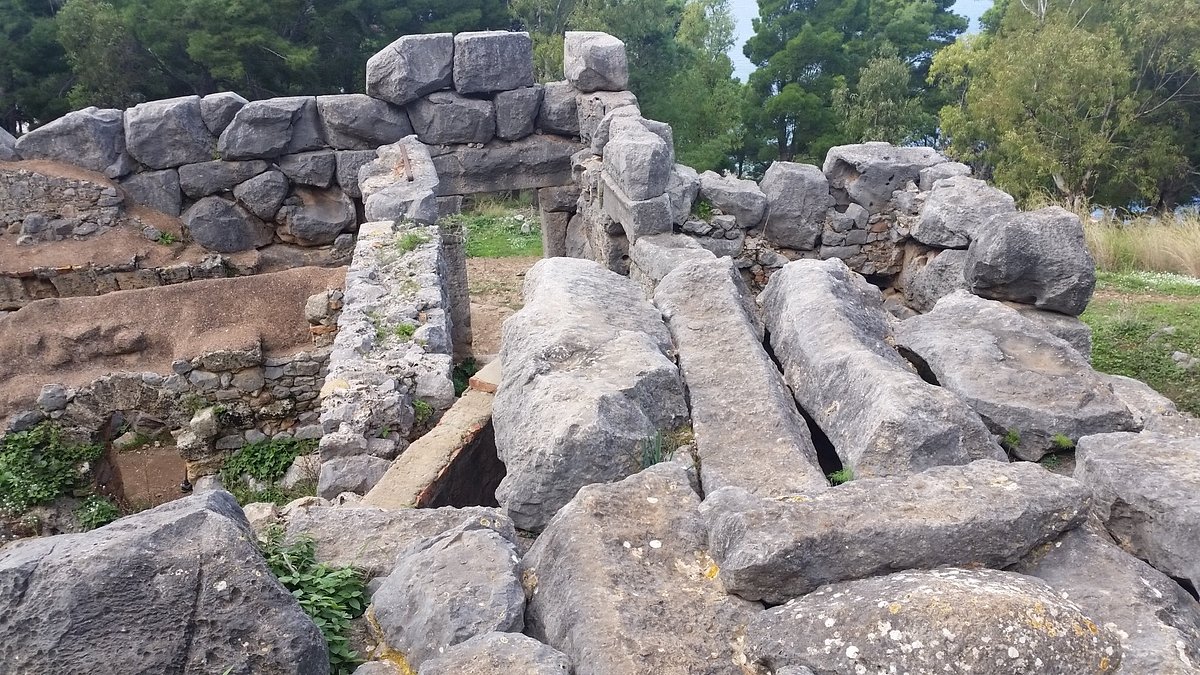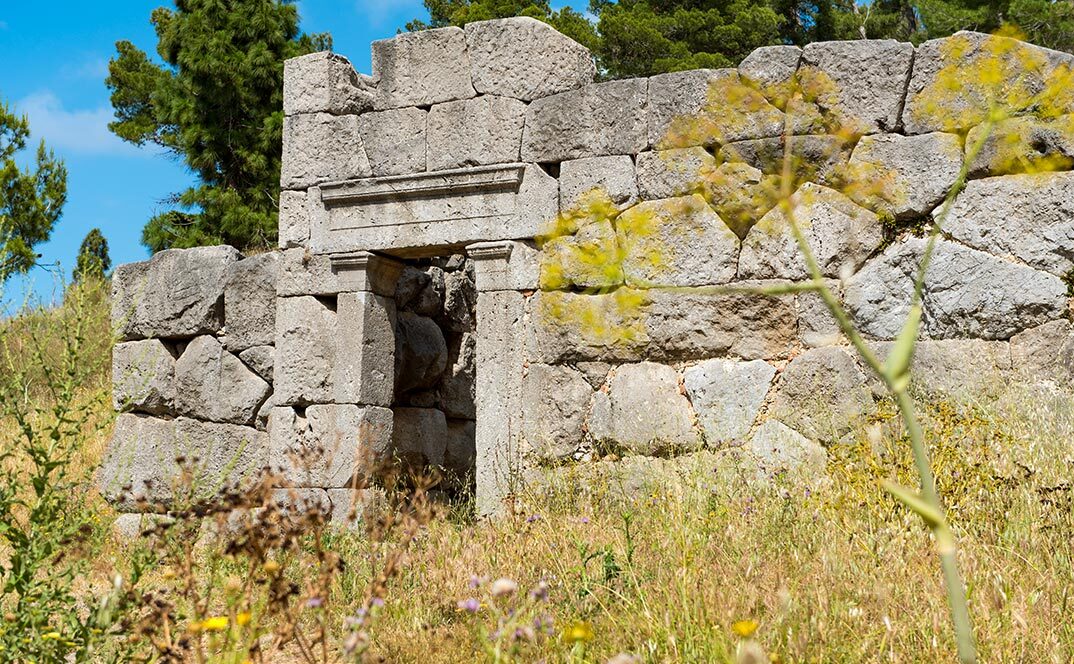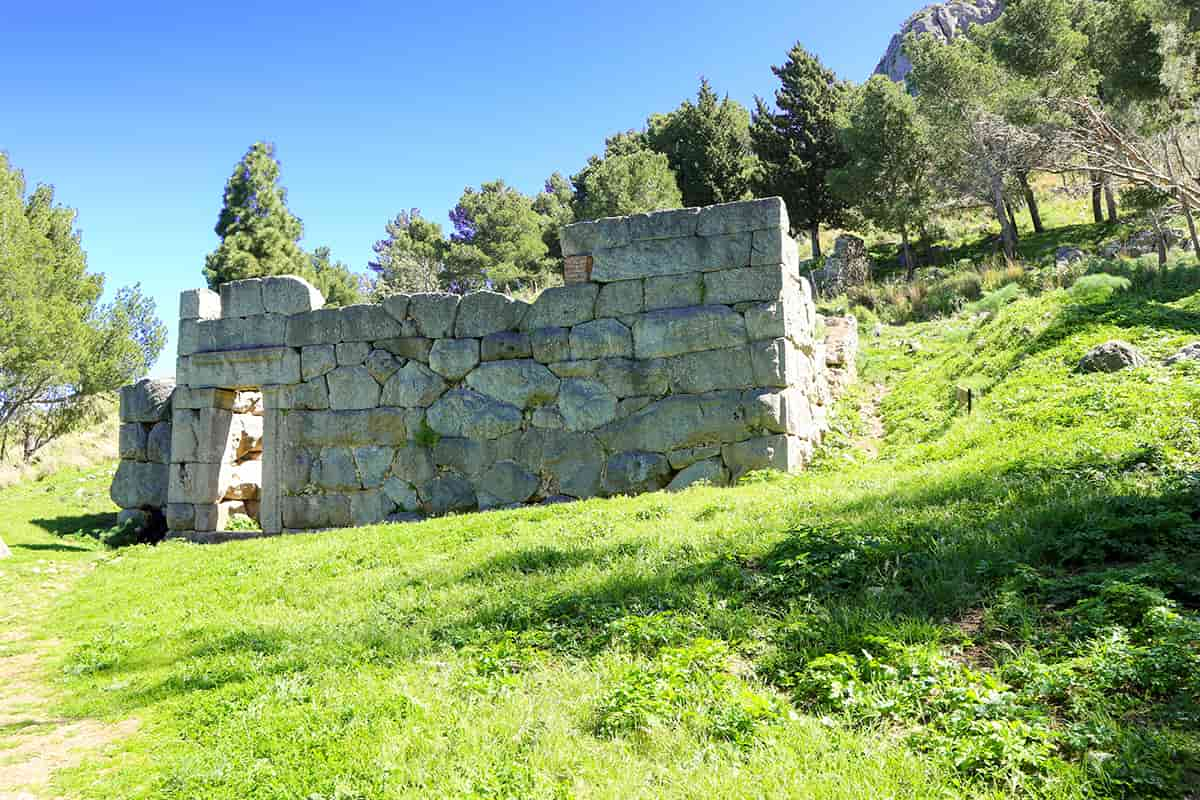La Rocca and Diana’s Temple
La Rocca is not just a hill; it’s the soul of Cefalù. Climb to discover Diana’s Temple, a place where history and mystery meet. Built across multiple eras, starting from the 9th century BC, this monument is as fascinating for its history as for its views. From here, the Mediterranean stretches like an endless blue carpet, while the town’s charming rooftops create a serene and beautiful panorama. Whether you’re a history enthusiast or a nature lover, this is a must-see. Don’t forget your walking shoes!







